While minimum unit pricing is now officially off limits, our survey of Britain’s Biggest Alcohol Brands shows how challenging the times are for alcoholic drinks: while value sales have grown 2% (MAT 27 April 2013), volumes are down 2%. And once duty, which has continued to rise in all categories except beer, is stripped out, we estimate value to be down 0.2%.
BWS is by no means an isolated example: shoppers remain restrained in their purchasing behaviour with the volume of overall fmcg also in decline compared with a year ago. With many shoppers looking to use their cars less in light of high fuel prices, and to preserve cash, they are shopping more locally and, combined with the range and promotional promotions offered by small format grocery multiples, the convenience store format is in the ascendancy.
The context, of course, is low consumer confidence and concerns for the future affect personal spending power - focusing on the economy, utility bills, job security and debt. Just under half of consumers say they are worse off financially than a year ago.
So it may come as a surprise that the strongest growth in BWS is coming from premium products. Volume sales of wines costing more than £7 a bottle have increased by 15% compared with last year all other wines show a fall in sales of 3%. Similarly, sales of vodka and gin over £23 a bottle and malt whisky over £35 a bottle are also growing.
“Consumer appetite for fizz is showing no signs of stalling”
This shows consumers would rather occasionally treat themselves to something special than drink something they perceive as less good more frequently. Appetite for fizz shows no sign of stalling, too, although the biggest driver within this category has been prosecco.
The categories showing the biggest decline in sales have been perry and RTDs. The explosion of fruit-flavoured products in beer and cider is adding to the challenges faced by the RTD category.
Bottled RTDs come in at about a 15% price premium to fruit-flavoured ciders and the latter tend to be sold in larger bottles, appealing to the price-conscious consumer. They also tick the box for the increasing number of consumers after something sweet.
Spirits are joining in with this trend, meaning that about 80% of the innovation in beer and spirits comes from new flavours.
NPD is also focusing on lower abvs, which often go hand-in-hand with flavour innovation. These products work on several levels: lower abvs can often mean lower duty rates, and this in turn means either higher profitability for supplier or retailer, or lower prices for the consumer. Importantly, lower abvs mean alcohol units are being removed from the marketplace, too, aiding responsible marketing.
Low-alcohol beer and wine have been in volume growth for some time now (11% and 4% respectively) and with more innovation in this area, this growth is set to continue.
So where does this leave us for the future? With no extraordinary major external events in 2013, the onus is on manufacturers and retailers to drive interest in the category via innovation and in-store theatre.
Helen Stares is client business partner at Nielsen







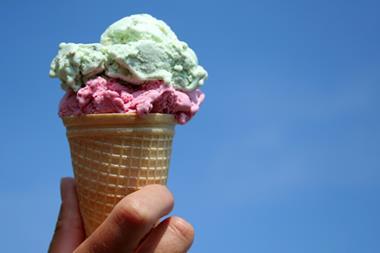
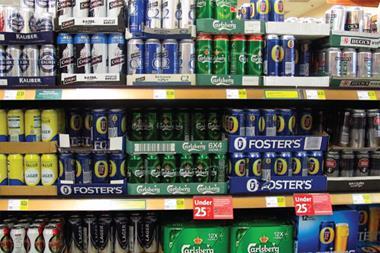

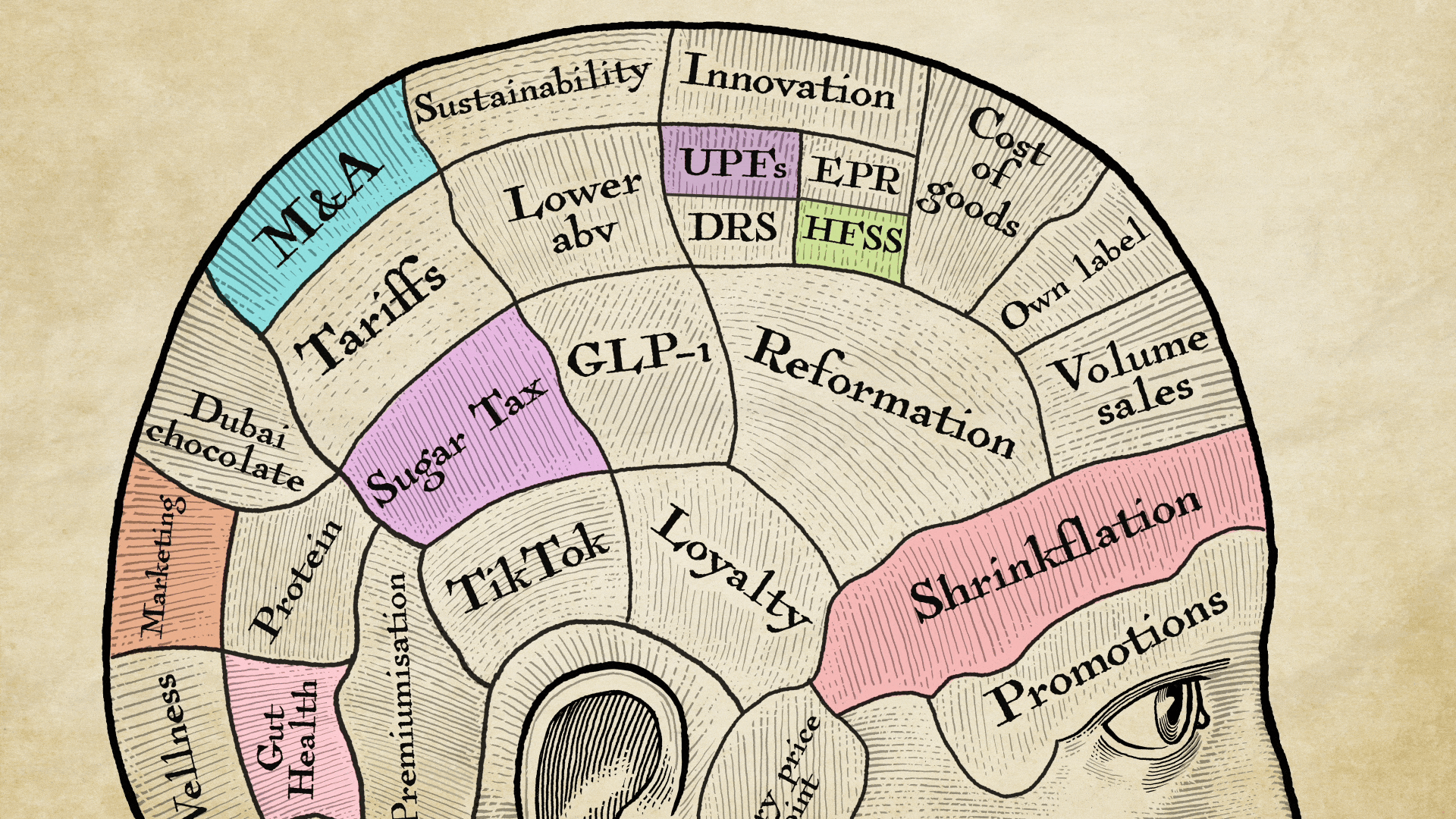

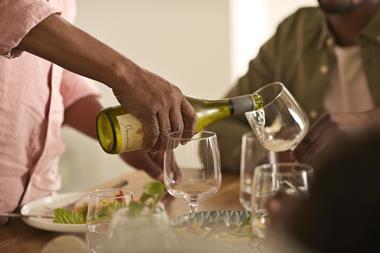
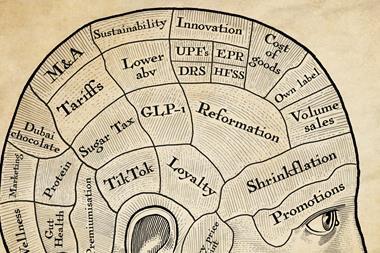

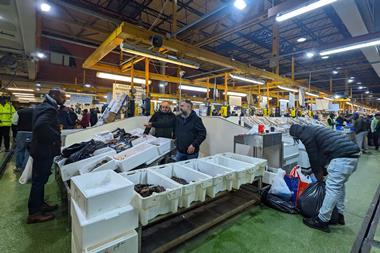
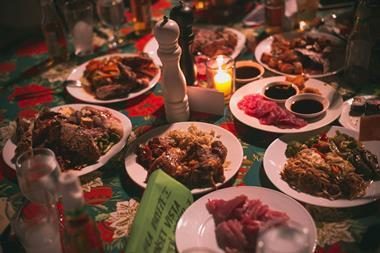
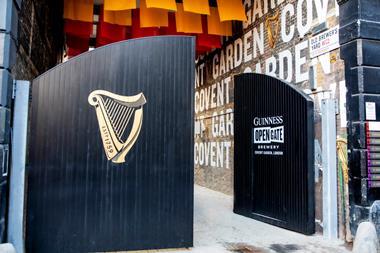

No comments yet